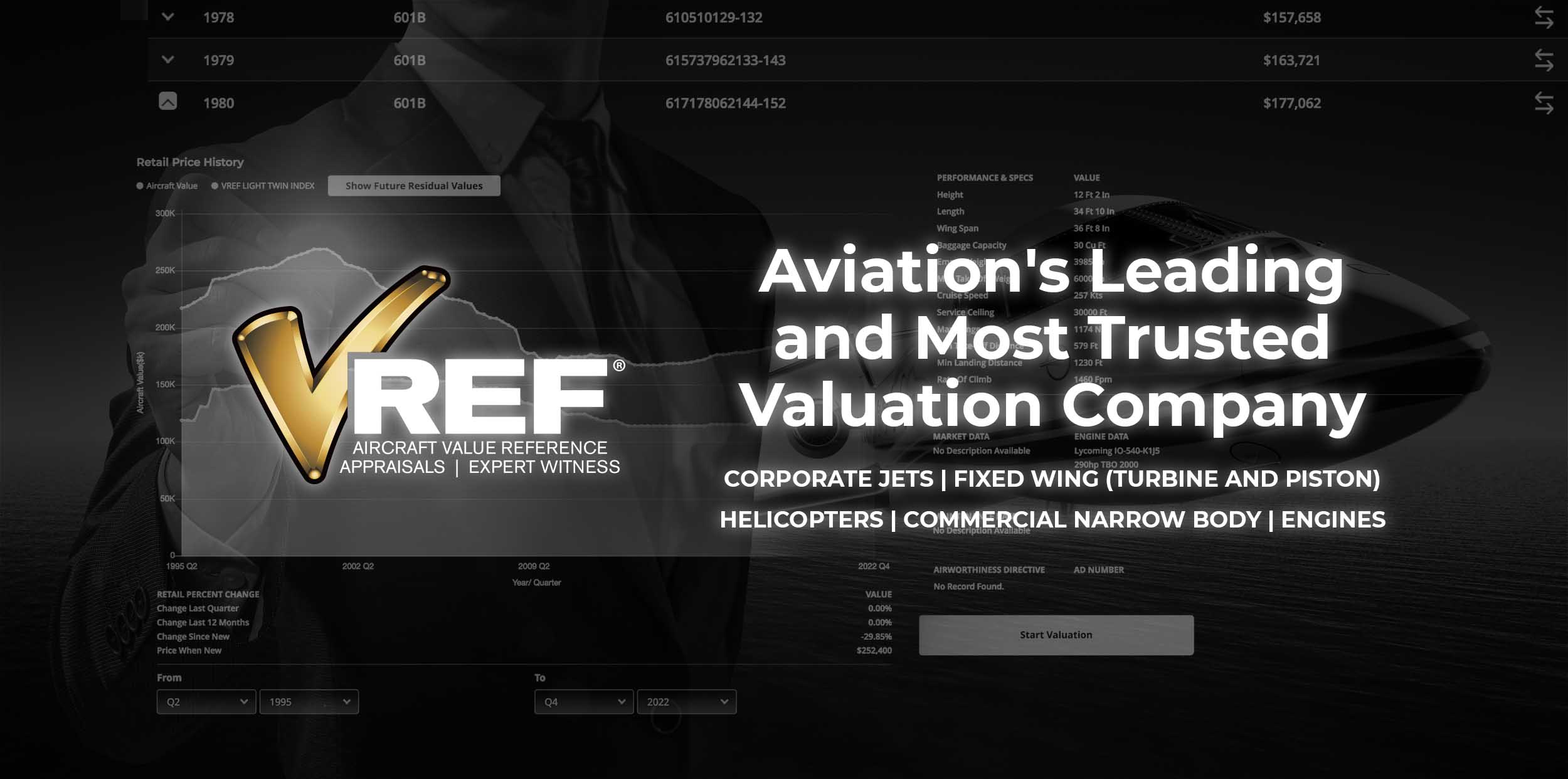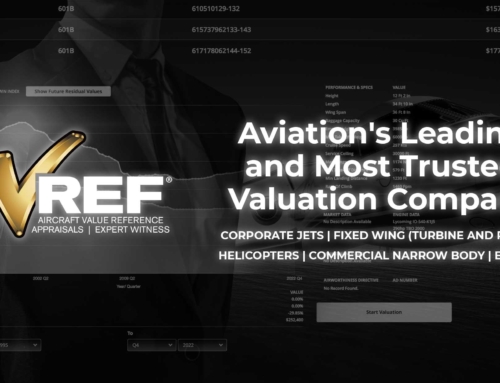The aviation industry is at a turning point. With an ongoing pilot shortage and rising air travel demand, the need for highly trained pilots has never been greater. As experienced senior pilots retire or turn towards more competitive job offers, flight schools must adapt their strategies for single-engine flight training to set the foundation for future pilots.
Explore the significance of flight schools using single-engine aircraft to focus on teaching fundamental skills, real-world decision-making, and structured training for modern pilots.
Make informed decisions with accurate valuations.
Single-Engine Aircraft Throughout Flight Training History
Before any aspiring pilot can command an airliner or corporate jet, their journey begins in the cockpit of a single-engine aircraft. These machines provide the hands-on experience needed to develop the skills, confidence, and discipline required in professional aviation. The top 3 most popular training models include:
- Cessna 172
- Piper Archer
- Diamond DA40
Cessna 172
Pilots know and love Cessna 172s as they are a stable, forgiving aircraft with excellent visibility, reliable handling, and low operating costs. Its high-wing design enhances safety and ease of control for student pilots.
Piper Archer
The Piper Archer is a low-wing trainer known for its stability and smooth handling. This aircraft offers a comfortable cabin and modern avionics. Its predictable flight characteristics make it ideal for primary and advanced flight training.
Diamond DA40
The Diamond DA40 features advanced avionics, fuel efficiency, and a forgiving flight envelope. Its stability, safety features, and excellent visibility make it a favorite for flight schools and student pilots.
Learning to fly in these classic trainers better ensures that pilots are well-prepared for the commercial and corporate flight operations challenges moving forward.
Why Single-Engine Aircraft Are Ideal For Flight Training
Generally, single-engine aircraft are training favorites for 3 main reasons.
Cost-Effective Training
Compared to their multi-engine counterparts, single-engine aircraft have significantly lower operating costs. This makes flight training more accessible and cost-effective for students while schools maintain a larger fleet.
Focus On Learning
With fewer systems to manage, single-engine aircraft assist students in focusing on core flying skills such as control inputs, navigation, and aerodynamics – reducing technology overwhelm.
Stable & Reliable Aircraft
Many single-engine trainers are designed to be forgiving and resilient. Both of these characteristics are important as they provide a stable learning platform for students to build confidence in their abilities. Single-engine trainers also offer a strong foundation in aerodynamics, aircraft control, and situational awareness.
Pilot Careers Are Built On The Fundamentals
Single-engine flight training provides a structured path for pilots to develop the critical skills they need to be successful. Those critical skills start with basic flight maneuvers and stick-and-rudder skills. They are essential because every professional pilot must have a deep understanding of aerodynamics and aircraft control before stepping behind the controls of a larger aircraft – private or commercial.
Single-engine trainers teach students how to perform precision maneuvers and respond to in-flight challenges. Mastering these basic skills ensures that pilots have the muscle memory and confidence needed to operate more complex aircraft later in their careers.
An understanding of automated flight systems is also essential. Instrument flight training in single-engine trainers helps aspiring pilots get used to glass cockpits and advanced avionics similar to the systems found in modern aircraft.
Sound Judgment Is Critical For Pilots
Pilot error remains a top cause of aircraft incidents in general aviation. Aeronautical Decision-Making (ADM) must be applied to determine the best course of action in response to any number of situations.
According to the Federal Aviation Administration (FAA), there are 5 traits commonly associated with accident-prone pilots:
- A disdain for rules
- High accident correlation between flight and driving records
- Thrill-seeking personality
- Impulsive decision-making over disciplined planning
- Disregard for external input from the crew and Air Traffic Control
Understanding these risk factors can help both training programs and pilots identify and address potential weaknesses in their decision-making processes before they lead to dangerous situations in the sky. When pilots recognize these patterns in themselves, they can course-correct before it impacts safety.
Gain confidence with expert aircraft appraisals.
Flight Schools Provide Reliable Training For Pilots
Airlines and corporate operators are turning to structured training pipelines to fast-track talent. These training programs still must incorporate fundamental skills training and lessons around the real value of discipline in the cockpit. Piloting an aircraft is not just about following rules – it’s about creating a safety culture that protects lives led by experienced flight instructors. A good flight instructor has patience and relies on their expertise and communication to guide students through the learning process.
Flight simulators, virtual reality, and adaptive learning platforms are a few technologies that training programs use to produce safety-focused and confident pilots. These systems offer multiple opportunities to train pilots with potential real-life scenarios that could impact their safety without putting them in unnecessary danger.
Simulations include situational events such as engine failure after takeoff, electrical failure at night, and passenger-induced distractions.
10 Top Flight Training Schools In The World
Searching for a flight training school? Here are the top 10 in the world:
- Embry-Riddle Aeronautical University in Daytona Beach, Florida, and Prescott, Arizona
- University of North Dakota in Grand Forks, North Dakota
- Purdue University in West Lafayette, Indiana
- ATP Flight School has multiple locations nationwide
- Western Michigan University in Kalamazoo, Michigan
- Paragon Flight School in Fort Myers, Florida
- Epic Flight Academy in New Smyrna Beach, Florida
- Kingsky Flight Academy in Lakeland, Florida
- Skymates Flight Academy in Arlington, Texas
- Phoenix East Aviation in Daytona Beach, Florida
RELATED READ: Top Embry-Riddle Aeronautical University FAQs
Make Confident Aircraft Decisions With VREF’s Trusted Valuations
VREF underscores the critical importance of precise data and ongoing education through ASA-Accredited Aircraft Appraisals to help you make informed buying and selling decisions for your aircraft.
Rely on our expertise for accurate aircraft assessments.
The information provided on this website does not, and is not intended to, constitute legal advice; instead, all information, content, and materials available on this site are for general informational purposes only.




